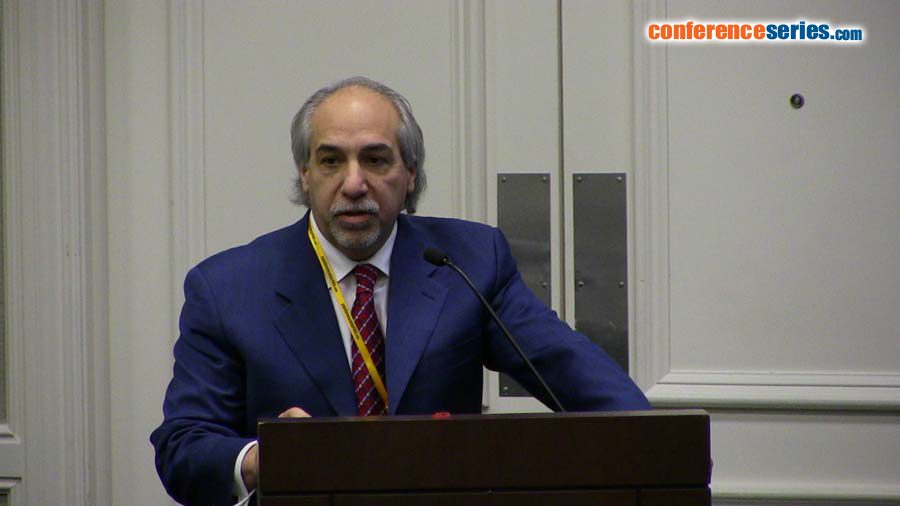
Louis Samuels
Thomas Jefferson University, USA
Title: Beating Heart Coronary Artery Bypass Grafting (BH-CAB): The Pursuit of Perfection
Biography
Biography: Louis Samuels
Abstract
Surgeons in general, and heart surgeons in particular, are perfectionists who constantly attempt to improve their skills and outcomes. Coronary Artery Bypass Grafting (CABG), the most common procedure performed by adult cardiac surgeons, has undergone significant changes and equally significant scrutiny in the five decades since its inception. The techniques used today are similar to those originally described, but important modifications have been made to make it one of the most successful operations ever conceived. The traditional CABG involves establishment of cardiopulmonary bypass (CPB) with aortic and right atrial cannulation, aortic cross-clamping, and instillation of a cardioplegic solution to achieve electromechanical arrest. In recent decades, Beating Heart Coronary Artery Bypass (BH-CAB) has been performed by some cardiac surgeons with or without the aid of the heart-lung machine—the purpose being to reduce or eliminate the effects of blood in contact with foreign surfaces as well as the non-pulsatile nature of CPB flow.
Hospital mortality for CABG surgery varies depending upon several factors, some of which involve preoperative patient selection, intraoperative technique, and postoperative management. In an attempt to address the intraoperative technical aspects, various maneuvers have been done and certain devices have been introduced to reduce or eliminate elements of the operation that have been associated with complications. The purpose of this presentation is to describe a single surgeon’s experience with BH-CABG, including totally OFF-PUMP (OP-CAB) as well as PUMP-ASSIST (PAD-CAB)—the ‘PUMP’ referring to the use of the Cardio-Pulmonary Bypass (CPB) machine.
From May 2003 through October 2013, over 1000 BH-CABG surgeries were performed by the author. Approximately two-thirds were performed without the aid of CPB (i.e. OP-CAB) and one-third was performed with PUMP-ASSIST (PAD-CAB). The demographics of the patients included an average age of 75 years with three quarters of the male gender. Approximately 12% were emergency cases, the remainder being equally divided between elective and urgent. The hospital/30-day mortality was 1.02% overall; OP-CAB mortality was 1.08% and PAD-CAB mortality was 0.65% respectively. There were no deep sternal wound infections, the incidence of stroke was 0.98%, and the incidence of post-operative bleeding requiring re-exploration was 1.63%. The average number of bypass grafts was 3.2.
Specific enabling devices allowed for safe, complete, and accurate bypass grafting, with no need to convert to a traditional CABG approach. Specific technologies included: 1) suction-supported stabilizers, 2) intra-coronary shunts, 3) blow-mister, and 4) flow probe. Determination of OP-CAB vs PAD-CAB was made in accordance with the territory of diseased vessels to be bypassed, the configuration of the heart itself (e.g. enlarged, dilated, hypertrophic, etc), the right and left sided function (i.e. RVEF, LVEF), the presence or absence of arrhythmia, and so forth.
In summary, BH-CABG procedures are safe and effective and should be considered as an alternative to the traditional CABG in which the aorta is cross-clamped and the heart arrested with cardioplegic solution. The mortality rates and major adverse complication events (MACE) are extremely low



